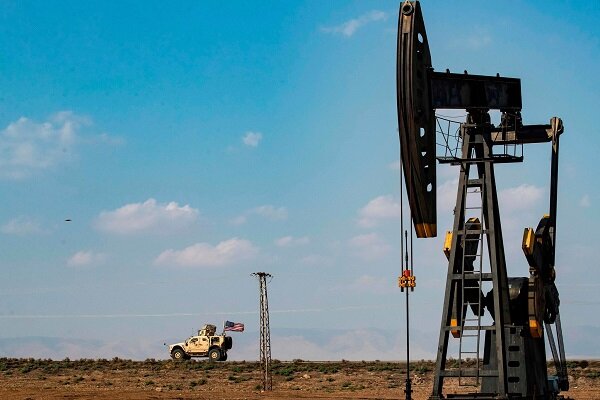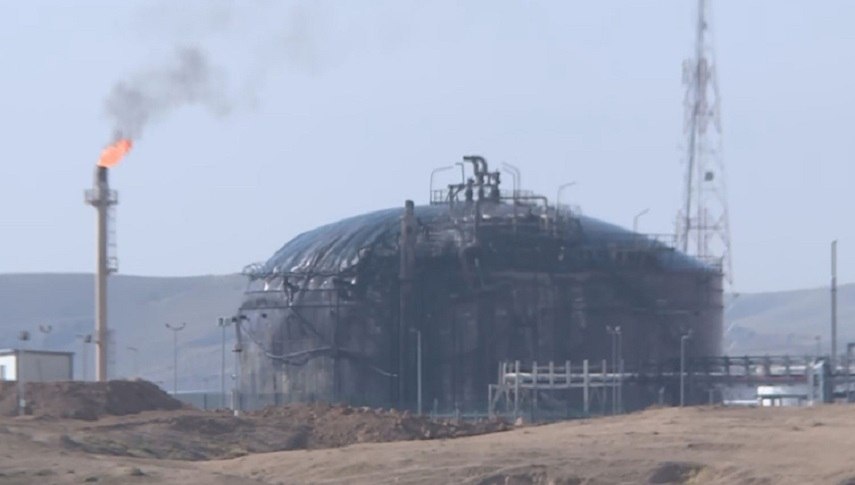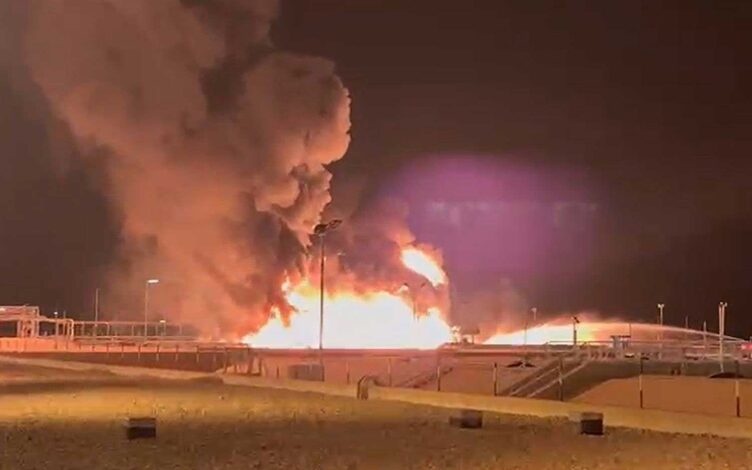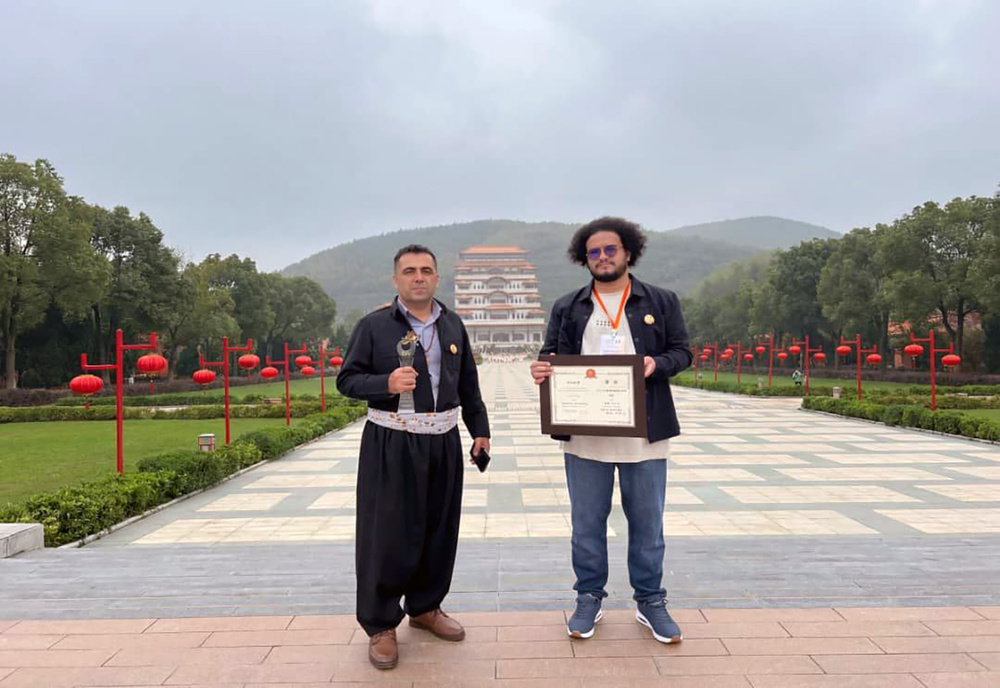A ship carrying around 750 migrants sank off the Greek coast last week. Onboard were as many as 112 people from Daraa, a governorate in southern Syria. Daraa was captured by the Syrian army in 2018, but the state’s nominal return has brought neither stability nor security: Today, more than five years later, it is one of the most unstable regions in the country. Life there is so desperate that many are risking the dangerous journey across the sea in search of a better future.
The sinking occurred in the middle of the Assad’s latest reconciliation push in southern Syria. The reconciliation process, which began in 2018 when the south was captured by regime forces, was meant to allow former opposition fighters to “resolve” their status with the state and clear their names from its security agencies. Once they are no longer considered wanted by the regime authorities for military desertion or joining the opposition, the men are then allowed to rejoin military forces. These settlements also include a six-month period between reconciliation and re-enlistment.
Daraa, considered the birthplace of the Syrian uprising in 2011, understandably holds little trust in Assad's settlement terms. But since June 3, thousands have lined up outside Houriyat Palace, where the state erected its latest temporary reconciliation center in Daraa City.
They did this knowing that the regime, apparently more interested in punishing former rebels than bringing stability, has failed to uphold the terms of the 2018 deals. The Daraa Martyrs Documentation Office has recorded that nearly 2,000 individuals who had completed the reconciliation process were later arrested — 92 of them died in a regime prison.
Reconciliation may not offer amnesty from the regime or much of a chance for a life in Syria, but it does offer something valuable: a passport. With documentation, reconciled individuals can take advantage of the six-month reprieve to flee the country.
A violent landscape
Conditions in Daraa have not improved since it was recaptured by Assad forces in 2018. Tensions returned shortly after the initial reconciliation deals were implemented, and resentment against the regime fed increasingly frequent attacks on government and affiliate positions.
This violent landscape plays host to the Syrian regime, Iran and affiliated militias, Hezbollah, Russian forces, and extremist groups including the Islamic State and Hayat Tahrir a-Sham. All compete and cooperate with each other to carve out spaces of influence and profit — the south is also one of the most strategic points of Syria’s Captagon trade.
“No one can trust any party in Daraa,” Mohammad Asakra, an information sources officer with the Horan Free League's media office for documenting human rights violations, told Al-Monitor.
Adding to this uncertainty is the lack of verifiable information surrounding the violence. Victims range from former Free Syrian Army fighters to reconciled individuals to people linked to smuggling. Some instances are the result of petty theft gone wrong. Civilians are left to navigate this dangerous web of competing actors alone.
Omar Al-Hariri, an activist in Daraa who helped to found the Daraa Martyrs Documentation Office in 2011, said his team estimates that there have been more than 2,000 attempted or successful targeted killings in Daraa since 2018. That’s an average of more than two per day for the past five years.
If you leave your house, Al-Hariri told Al-Monitor, “There is a chance you will not come back.”
Meanwhile, there are little to no job prospects, open schools or paths to a future, as Syria’s economy continues to decline — last month, the Syrian pound fell to a historic low: more than 9000 Syrian pounds to the US dollar. In Daraa City, citizens have access to just four to five hours of electricity per day. Running water is even less frequent.
From reconciliation to remittances
The reconciliation push happening today in Daraa is part of a broader effort from Damascus to show the countries that recently readmitted Syria to the Arab League that it is constructively working to stabilize the country. Bashar al-Assad needs to prove that he’s a credible partner for stabilization, but the regime is only engaging in demonstrative activities that yield few tangible results if any.
“The [reconciliation] process is only on paper,” said Asakra.
Even after reconciliation, many find themselves subject to harassment and even detention by the regime. The Daraa Martyrs Documentation Office has recorded that nearly 2,000 individuals who had completed the reconciliation process were later arrested — 92 of them died in a regime prison.
It’s unsurprising, then, that so many are willing to risk the perilous journey to Europe. With passports, they can take a direct flight from Syria to Libya — the starting point for many migrant boats. Those who are able to find work send money home. These remittances inject much-needed cash into the Syrian economy.
The latest reconciliation push in Daraa indicates that Assad is unwilling to genuinely follow through with the commitments he made to Arab countries to help stabilize the country. Reconciliation, meant to demonstrate the regime’s authority and capacity for securitization, only further enable the flight of young people from Syria.
Syrian state media claims that upward of 15,000 individuals have taken part in this latest round of reconciliations. The real number, according to the Daraa Martyrs Documentation Office, is actually closer to 2,000-3,000. Many are likely to attempt to leave.
With Assad still in power, Asakra worries that the future for many Syrians is “either in the graves or in prisons.”
The next flight to Benghazi out of Damascus was scheduled for Friday. It’s already fully booked.
Al-Monitor

Economic turmoil and failed attempts at reconciliation over a decade after the beginning of Syria's civil war keep the country on unstable footing.
News ID 159091






Your Comment